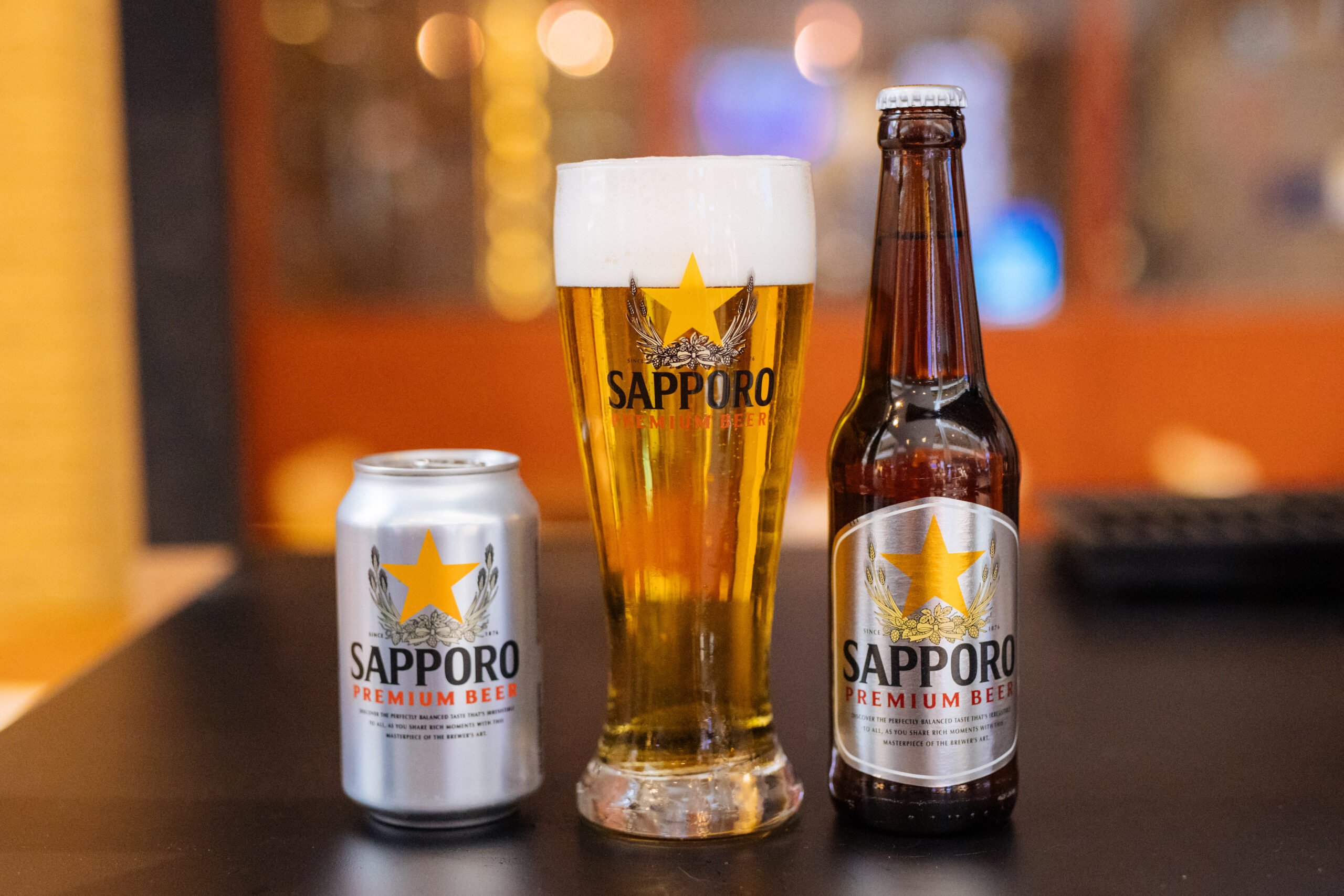The History of Sapporo Beer
Sapporo Beer, one of Japan’s oldest and most renowned beer brands, has a rich history dating back to 1876. It was in this year that the Kaitakushi Brewery was established in Sapporo, Hokkaido, under the guidance of the Japanese government. The aim was to develop the agricultural and industrial potential of Hokkaido, and beer production was seen as a vital part of this development. The government hired Seibei Nakagawa, Japan’s first German-trained brewmaster, whose expertise was pivotal in creating a formula that would appeal to both Japanese and international palates.
The early success of Sapporo Beer was bolstered by its quality and distinctive taste, which quickly garnered a loyal following. In 1886, the brewery was privatized and renamed as the Sapporo Brewery. The company continued to grow, and by the early 20th century, Sapporo was one of the best-selling beers in Japan. Its iconic star logo, inspired by the North Star, was introduced during this period and remains a symbol of the brand’s commitment to excellence.
Over the decades, Sapporo Beer has evolved, adapting to changing consumer tastes and embracing technological advancements in brewing. Despite these changes, the commitment to quality and the distinct flavor profile of Sapporo Beer have remained steadfast, making it a beloved brand both in Japan and around the world.
Brewing Process and Ingredients
The brewing process of Sapporo Beer is a blend of traditional techniques and modern technology. This process begins with the careful selection of ingredients. The main components of Sapporo Beer are water, malted barley, hops, and yeast. The water used in brewing is sourced from pristine sources in Hokkaido, ensuring a clean and pure base for the beer.
Malted barley is the backbone of the flavor profile, providing the necessary sugars for fermentation as well as contributing to the beer’s golden color and body. Hops are added for their bitterness, which balances the sweetness of the malt, and for their aromatic properties that give Sapporo its distinctive taste. Yeast is the final ingredient, playing a crucial role in fermentation. Sapporo uses a unique strain of yeast that not only ferments the beer but also adds subtle flavors and aromas.
The brewing process itself involves several stages, including mashing, lautering, boiling, fermentating, and finally aging. Throughout each stage, meticulous attention is paid to ensure temperature and timing are precisely controlled, guaranteeing a consistent and high-quality product. This combination of high-quality ingredients and rigorous brewing methods is what gives Sapporo Beer its unique and refreshing flavor, beloved by beer enthusiasts worldwide.
Styles and Variants
While Sapporo is best known for its flagship product, Sapporo Premium Beer, the company offers a variety of other styles that cater to diverse tastes. These include Sapporo Light, which offers a lighter flavor and fewer calories, and Sapporo Reserve, an all-malt beer that provides a richer and more robust taste. Additionally, Sapporo has introduced seasonal brews and limited edition products that have added excitement and variety to their lineup.
For example, the Sapporo Black label, which is a darker lager with a malty flavor and creamy head, has received positive reviews for its smoothness and depth of flavor. Each variant is brewed with the same commitment to quality and is designed to meet the varying preferences of beer drinkers.
The diversity of Sapporo’s beer offerings highlights the company’s innovative approach to brewing and its dedication to providing consumers with a range of high-quality beers. Each product, while distinct, carries the hallmark of Sapporo’s brewing excellence, making them popular choices among both casual drinkers and beer connoisseurs.
Global Reach and Cultural Impact
Sapporo Beer’s influence extends far beyond Japan’s borders. It is one of the most exported Japanese beer brands, enjoyed in many countries around the world. The international popularity of Sapporo Beer can be attributed to its quality and distinctive flavor, which resonate well with global consumers.
In addition to its global distribution, Sapporo Beer has made significant cultural impacts. It has been associated with various international events and has been a popular choice at Japanese restaurants and sushi bars worldwide. This cultural connection has not only promoted Japanese cuisine but also enhanced the dining experience with a genuine Japanese lager.
Moreover, Sapporo Beer has been involved in sponsorships and partnerships that have furthered its visibility and appeal. These activities, combined with effective marketing strategies, have strengthened its brand identity and contributed to its status as a global icon in the beer industry.
Future of Sapporo Beer
The story of Sapporo Beer is one of innovation, quality, and global appeal. From its origins in Japan’s northern frontier to its position as a worldwide beer brand, Sappor
